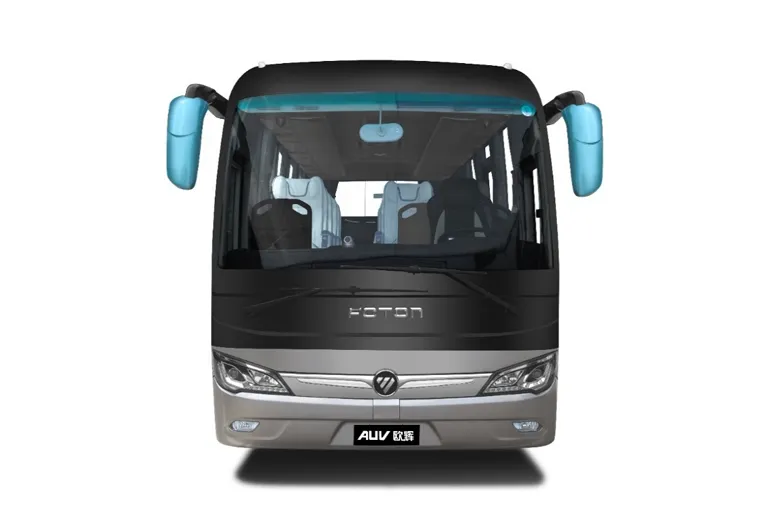Understanding the Basics and Innovations in Combustion Engine Technology Today
The Evolution and Impact of the Combustion Engine
The combustion engine, a cornerstone of modern transportation and industrial machinery, has profoundly transformed the way humans live and work since its inception in the late 19th century. It operates on the principle of converting fuel into energy through internal combustion, where fuel and air mix, ignite, and drive pistons that ultimately turn the wheels of vehicles or generate power for machinery. This article explores the evolution, advantages, challenges, and future outlook of the combustion engine.
The history of the combustion engine traces back to early experiments with steam power, leading to the development of gas-powered engines in the late 1800s. Notable figures such as Nikolaus Otto and Karl Benz made significant advancements, paving the way for the modern internal combustion engine. Otto’s four-stroke engine, developed in 1876, became pivotal in establishing the efficiency and reliability of combustion engines, while Benz's integration of this technology into the first practical automobile in 1885 marked the dawn of a new era in personal transportation.
The combustion engine offered several advantages that facilitated its widespread adoption. It provided a significant increase in power output compared to existing steam engines, exhibited relatively compact designs, and allowed for greater operational flexibility. The affordability of fossil fuels like gasoline and diesel further contributed to the engine's popularity, fueling the rapid expansion of the automotive industry and enabling the mass production of cars. By the early 20th century, combustion engines not only revolutionized personal transport but also had significant implications for agriculture, aviation, and maritime operations.
combustion engine

As the combustion engine continued to evolve through the 20th century, innovations such as turbocharging, fuel injection, and variable valve timing enhanced performance and efficiency. Manufacturers continuously sought ways to increase horsepower while reducing fuel consumption and emissions. However, the environmental footprint of combustion engines began to raise concerns. The combustion of fossil fuels releases greenhouse gases, contributing to global warming and climate change, while pollutants like nitrogen oxides and particulate matter pose serious health risks.
In response to these challenges, governments and manufacturers have increasingly focused on regulations and innovations to mitigate the environmental impact of combustion engines. The introduction of catalytic converters in the 1970s helped reduce harmful emissions significantly, while ongoing research into more efficient fuels and alternative technologies aimed to create a more sustainable future. Hybrid vehicles, which combine the traditional combustion engine with electric motors, exemplify an interim solution that maintains the advantages of existing technology while addressing environmental concerns.
Looking ahead, the future of the combustion engine appears to be at a crossroads. With countries worldwide pledging to reduce emissions and transition to cleaner forms of energy, the global automotive landscape is shifting towards electric and hydrogen fuel-cell vehicles. Nevertheless, combustion engines are likely to remain a significant force in industries like freight transportation and heavy machinery, where the current infrastructure still heavily relies on these power sources.
In conclusion, the combustion engine has played an instrumental role in shaping modern society, driving innovation, and facilitating economic growth. While it has faced scrutiny due to its environmental impact, ongoing advancements and regulatory efforts may still enable its coexistence with emerging technologies. As the world navigates the challenges of climate change and sustainability, the combustion engine might evolve rather than disappear, demonstrating resilience and adaptability in an increasingly eco-conscious world. Rich in history and innovation, the journey of the combustion engine is far from over, with exciting possibilities for its role in the future of transportation and industry.
-
SINOTRUK HOWO 84 Electric Dump Truck for Eco-Friendly Heavy HaulingNewsJul.26,2025
-
The Fast 16-Gear Manual Transmission Assembly for Heavy TrucksNewsJul.25,2025
-
Mercedes Benz Actros 1848 42 Tractor Truck for Sale - Reliable PerformanceNewsJul.24,2025
-
High-Quality Water Pump Assembly for Sinotruk Trucks – Durable & ReliableNewsJul.23,2025
-
Premium Truck Engine Antifreeze Coolant Fluid for Heavy Duty VehiclesNewsJul.22,2025
-
FOTON View G7 Mini Bus: Affordable & Spacious TransportNewsJul.22,2025
Popular products

























